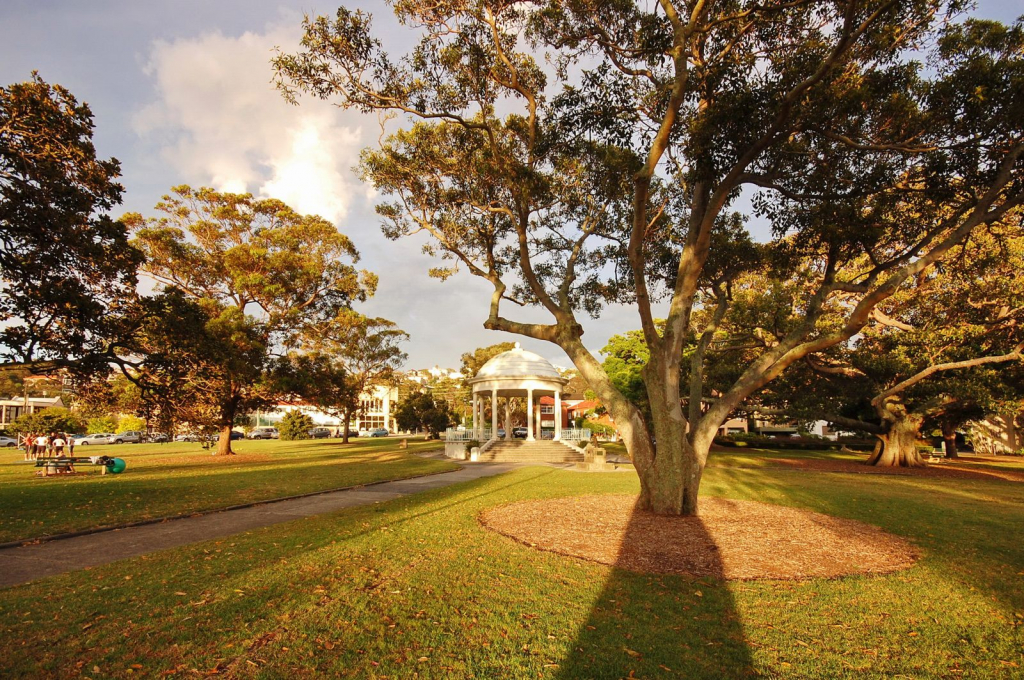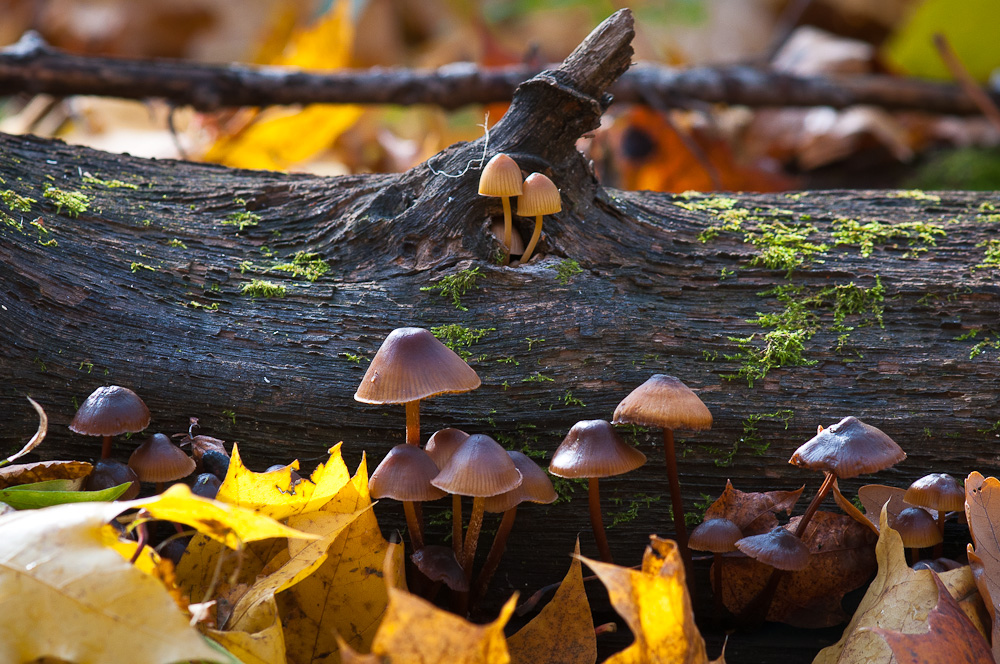PHOTOGRAPHER DRAGONFLY WITHOUT Tears
 For wildlife photography, it’s important to have a good look at the living creatures you are about to shoot. The variety of shapes and colors of the same dragonflies is simply amazing. Their life cycle is associated with water, they usually live near rivers, lakes and swamps. What you need to know and do to get great pictures of dragonflies that will interest many – from children to people involved in odonology.
For wildlife photography, it’s important to have a good look at the living creatures you are about to shoot. The variety of shapes and colors of the same dragonflies is simply amazing. Their life cycle is associated with water, they usually live near rivers, lakes and swamps. What you need to know and do to get great pictures of dragonflies that will interest many – from children to people involved in odonology.
how to photograph dragonflies
Learn dragonfly behavior
If you want to photograph fixed dragonflies, it is best to get up early in the morning or wait until the end of the day. When the sun has already risen and the temperature rises, these insects are mostly active and fly very quickly. But at dawn or at dusk, you can get close enough to them and have a good macro shot.
Among other things, light falls better at this time and you can catch the moment when the dragonfly is covered with dew drops in the early morning! The only thing that will be difficult is to find dragonflies in the vegetation.
The photograph of the dragonfly Lyutka-bride (Lestes Sponsa) was taken shortly before the sun disappeared on the horizon and it became cold. This type of dragonfly is included in the IUCN International Red Book.
On a cloudy or rainy day, dragonflies usually fly a little. This is another way to easily get close to them and practice macro photography. A dragonfly shot called Brilliant Beauty (Calopteryx splendens) was taken on a cloudy day when the light was not as intense as during sunrise or sunset.
Of course, you can try to approach the sitting dragonfly at any time, even at noon on a sunny day. It is easier to approach them during meals, but you will have to recognize this moment, which is very difficult, given the small size of most of their “victims” … It also happens otherwise – look at this greedy blue beauty Ischnura elegans!
Taking a dragonfly during a flight is usually much more difficult, but worth it! But by the way, in most cases, the flight of dragonflies is predictable.
Let’s start with the male dragonflies. Their favorite pastime is to fly around and patrol the territory, chasing every applicant who wants to take the area. If you look closely, you will see that while dragonflies patrol, they often follow the same route and therefore you can plan the composition of the frame.
The author of the photo of Little Whitefish (Leucorrhinia dubia) found an interesting shape created by the shadow of vegetation, waited for the moment when the dragonfly appears in the frame and took the picture.
Another thing dragonflies love to do is hang in the air (and they are pretty good at that!). This happens when you are in their territory, and the male is interested in your presence. He pauses in the air for several seconds facing you. Do not worry if you suddenly miss this opportunity to photograph it. Most likely, he will come back again and stop in the same place, as if wondering again what are you doing here?
A good example of a photo of a dragonfly Babka yellow-spotted (Somatochlora flavomaculata), which hung for several seconds, and repeated this more than 10 times, which allowed the photographer to get the desired frame.
What about the females? Unfortunately, for us photographers, female dragonflies are less colorful than males, simply because they do not need to be very attractive, and since they give life, they are more valuable and they absolutely need to survive in any circumstances. This is why females often hide in vegetation.
Depending on the species / family, some dragonflies lay their eggs in the stems of plants, deep in the mud, on flooded plants or on the surface of the water, hovering over it. Yes, the last state looks very photographic!
There is also a peculiarity of the behavior of dragonflies, regardless of gender: during the hunt, they usually return to the same place again and again, where they can safely eat their prey and then fly out to catch their next “food”. This way you can focus the camera on this ledge and wait for the dragonfly to land (it’s harder to catch on take-off, because it’s almost impossible to know when it will happen).
Thus, a snapshot of a Blood-red Dragonfly (Sympetrum sanguineum) was obtained. The photographer just watched her fly, and when he saw that the insect was returning to its place, he took a picture.
In addition to forms, you can also beat out the bright colors of some types of dragonflies, which will harmonize or contrast with the background color. Light is crucial. Look at the photo where the Yellow Dragonfly (Sympetrum flaveolum) demonstrates the use of the sun’s rays breaking through the grass.




